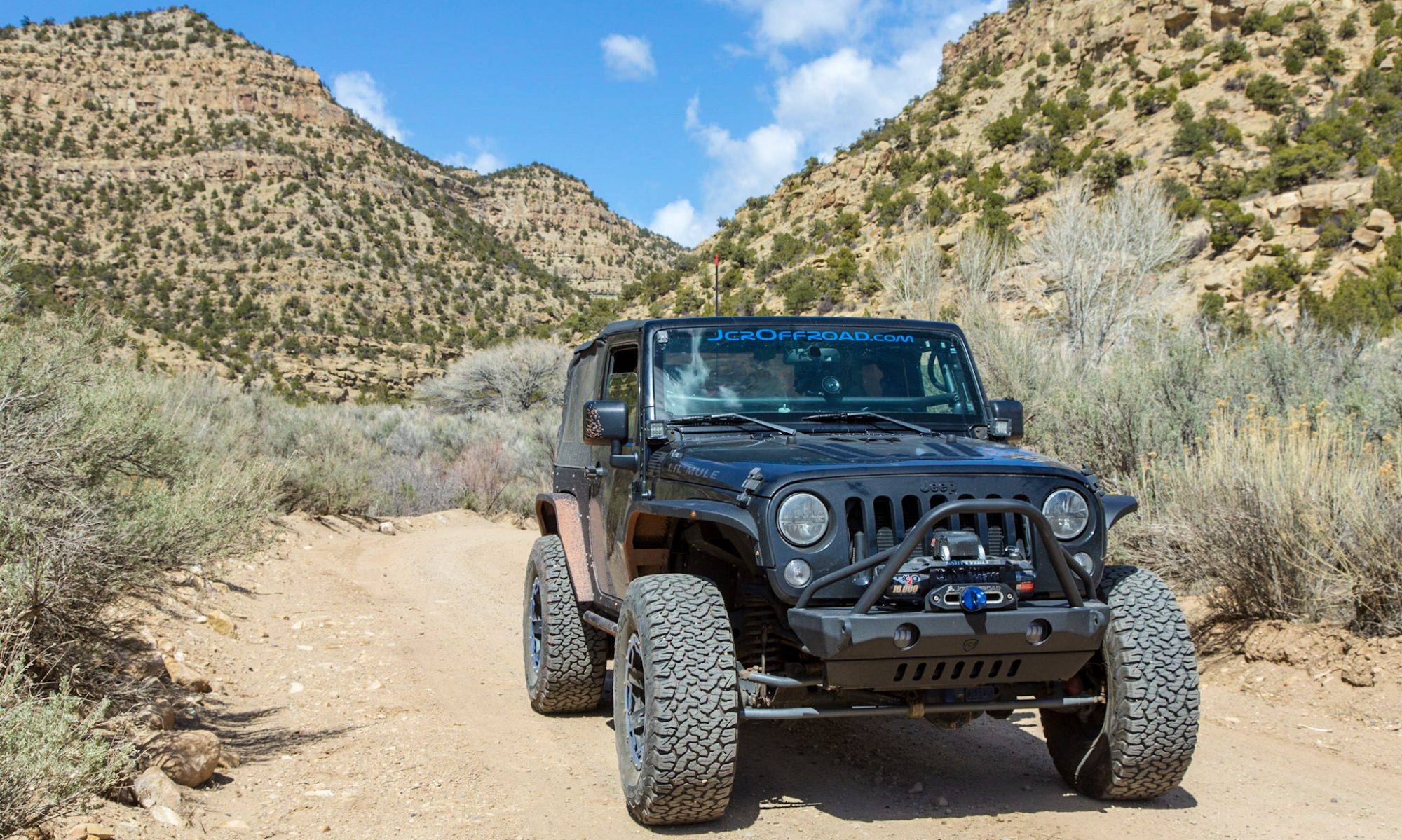Took a lot of work, and a lot of help from my wife, but I have power in the shop!
Once the trench was dug and signed off by the building inspector, next step was to lay in the wire.
Decisions, decisions
Figuring out what kind of wire to use took some research. Not being an electrician, I didn’t know exactly what to use. I reached out to my nephew who works in the trade for some ideas. He old me they use two different types of wire, SER and URD. SER is a service entrance wire and URD is an underground wire.
They both would not work for me, according to the building department. SER cannot be buried. Not even in conduit. URD can be buried, but since it’s not fire rated, can’t be used inside.
Then I stumbled upon MHF, mobile home feeder wire. Not only can it be buried directly, but it’s fire rated for indoor use. And the building department agreed. Perfect!

Running the feed wire
The stuff is not too heavy, and a little unwieldy. It’s 4 conductors, 3 each of #2 and one #4, all aluminum. The #4 is green for the ground, and one of the three #2 conductors has a white line indicating the neutral return. And at only $1.37 a foot after rebate (have to love Menard’s) it’s way cheaper than copper. Not having to pull this through a conduit was the icing on the cake.
The only conduit I needed was to run it into the shop. Code requires conduit 18″ below grade. I ran conduit from outside the house into the sub panel and tied it into a new breaker. I’m still only feeding this panel with a 50 amp breaker, even though the new breaker and the load center in the shop both are both 100 amp. If I find that I am tripping this breaker, I still have some #2 wire I will use to update the feed from the main.
Finishing it all off
Last thing to do was to fill in the trenches. This will take some time. Need to let everything settle for a few weeks before cleaning up the extra dirt and planting grass again for the third time. Something tells me I’ll be planting in the spring, too.





